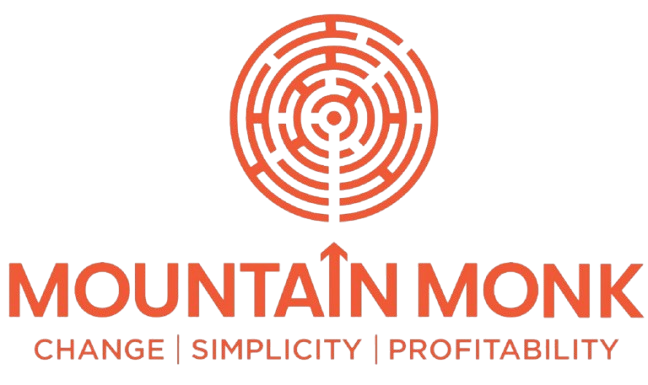In most Indian companies, sales and operations often work in parallel rather than in sync. Sales teams focus on acquiring customers, hitting targets, and pushing growth, while operations work tirelessly to deliver, manage resources, and control costs. Yet, when these two critical functions don’t align, businesses face familiar challenges: overpromising to clients, under-delivering on timelines, inefficient resource utilization, and strained customer relationships.
This disconnect is not unique to India, but it becomes especially pronounced in a market that is fast-growing, price-sensitive, and extremely competitive. The key to overcoming this is Sales and Operations Planning (S&OP), a structured approach that integrates forecasting, resource allocation, and execution. At Mountain Monk Consulting (MMC), we’ve seen how a strong S&OP framework can transform businesses by creating clarity, agility, and accountability across teams.
Why Sales and Operations Clash
The tension between sales and operations isn’t just about targets and delivery; it often reflects deeper structural and cultural challenges within the organization. Common issues include:
- Forecasting Gaps: Sales teams push aggressive numbers to achieve growth, while operations often lack visibility into upcoming demand. This creates mismatches in production planning and inventory management.
- Conflicting Priorities: Sales wants to maximize revenue, sometimes by promising faster delivery or greater customization. Operations, on the other hand, prioritizes efficiency and cost control.
- Lack of Communication: In many businesses, sales and operations review meetings are infrequent or one-directional, leading to last-minute escalations rather than proactive problem-solving.
- Fragmented Data: Without a unified data platform, both functions rely on siloed spreadsheets and reports, resulting in delays and inaccuracies.
These challenges affect margins, strain working capital, and hurt long-term customer trust.
Best Practices for Aligning Sales and Operations
Bridging this gap requires more than meetings; it needs structured processes, cultural alignment, and the right tools. Some best practices include:
- Integrated Forecasting Models
Create shared forecasting processes that combine historical sales data, market insights, and operational capacity. A joint ownership of forecasting ensures both teams are aligned on realistic targets and resource requirements. - Cross-Functional S&OP Meetings
Schedule monthly or bi-weekly Sales and Operations Planning meetings where sales, operations, finance, and supply chain come together. The agenda should go beyond reviewing numbers, focusing instead on risks, bottlenecks, and proactive solutions. - Technology-Enabled Visibility
Use digital dashboards that integrate CRM, ERP, and supply chain systems to provide real-time visibility into sales pipelines, production schedules, and inventory. This creates a single source of truth for decision-making. - Balanced KPIs
Align performance metrics so that sales is not only rewarded for revenue growth but also for forecast accuracy and order quality. Similarly, operations should be recognized for customer satisfaction and responsiveness, not just cost control. - Scenario Planning & Flexibility
Build capacity buffers and flexible supply chain options to handle demand spikes without compromising quality or timelines. Scenario planning enables businesses to manage uncertainty better.
The Impact of Strong S&OP on Indian Businesses
When implemented effectively, sales and operations planning drives measurable benefits:
- Improved Forecast Accuracy: Businesses move from reactive firefighting to proactive resource planning.
- Higher Profitability: Balanced decision-making reduces wastage, overproduction, and unnecessary costs.
- Better Customer Experience: Reliable delivery timelines and consistent quality build trust and loyalty.
- Agility in Competitive Markets: Indian businesses, especially in FMCG, retail, and manufacturing, gain the ability to adapt faster to market fluctuations.
- Stronger Collaboration Culture: Teams stop working in silos and start co-owning business outcomes.
Conclusion: Moving from Parallel to Partnership
For Indian businesses looking to grow sustainably, the alignment of sales and operations is not optional, it is fundamental. S&OP isn’t just about forecasting; it’s about creating a culture of shared accountability.
At Mountain Monk Consulting, we’ve helped businesses transition from reactive firefighting to structured, collaborative planning models. By bridging the gap between sales and operations, organizations can unlock efficiency, profitability, and resilience, three pillars of long-term growth.





